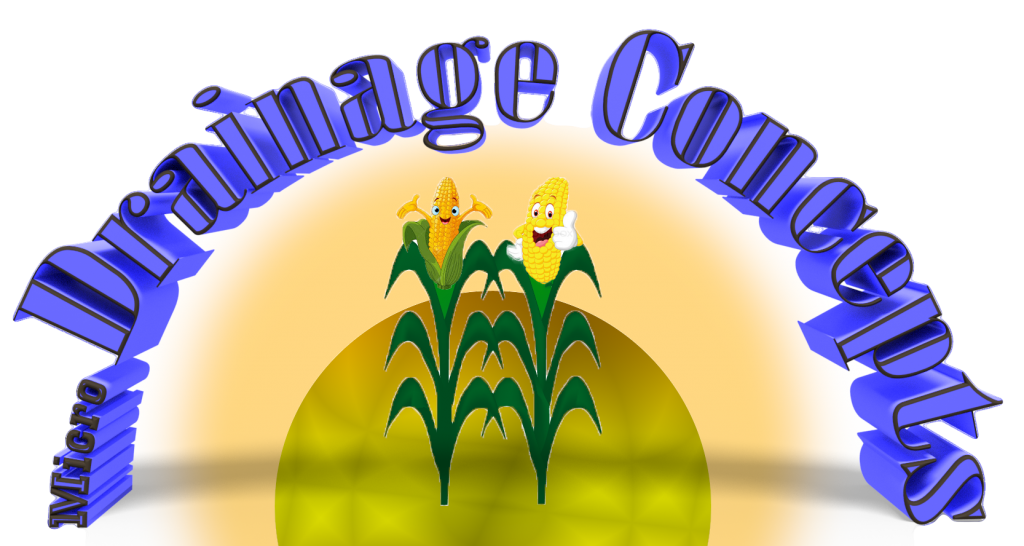Traditional Farming Solutions
Cultivating Success with Micro Drainage
Traditional Farming: A Foundation for Growth
At Richland Micro Drainage, we recognize the value and legacy of traditional farming practices. We understand the dedication, hard work, and generations of knowledge that have shaped your approach to agriculture. We also know that traditional farming faces its own set of challenges, and we are here to help you overcome them.
Micro Drainage: Empowering Traditional Farming
Micro drainage is a powerful tool that enhances traditional farming practices. It's about working with your existing methods to achieve optimal water management, soil health, and crop yields.
Overcoming Common Challenges in Traditional Farming
At Richland Micro Drainage, we recognize the value and legacy of traditional farming practices. We understand the dedication, hard work, and generations of knowledge that have shaped your approach to agriculture. We also know that traditional farming faces its own set of challenges, and we are here to help you overcome them.
Poor Field Drainage: Standing water is a nightmare for any farmer. It delays planting, hinders root development, and creates an ideal environment for disease. Micro drainage solutions offer efficient water removal, ensuring your fields are ready for planting and harvesting on time.
Soil Compaction: Heavy machinery and frequent tillage compact your soil, limiting root growth and water infiltration. Micro drainage creates pathways for water to penetrate the soil, reducing compaction and promoting healthy crop development.
Erosion: Wind and water erosion rob your fields of valuable topsoil, reducing fertility and productivity. Micro drainage helps control water flow and prevent runoff, protecting your soil and preserving its nutrient-rich layers.
Grow Healthier Specialty Crops
Specialty crops like fruits, vegetables, and flowers require precise water management. Micro drainage delivers the right amount of water to the root zone, preventing fungal diseases and maximizing your harvest potential. Regardless of how you grow your crops, micro drainage can help you achieve optimal results.
Boost Yields and Protect Your Soil
Micro drainage isn't just about addressing challenges; it's about unlocking the full potential of your farm. By improving drainage, reducing compaction, and minimizing erosion, micro drainage solutions lead to healthier crops, increased yields, and a more sustainable future for your land.
Your Partner in Traditional Farming Success
At Richland Micro Drainage, we are committed to helping you achieve your goals. We understand the unique needs of traditional farmers, and we'll work closely with you to design and implement a micro drainage system that maximizes your productivity and profitability.
Take the Next Step
Contact us today for a personalized consultation and discover how micro drainage transforms your traditional farming practices. Let us help you cultivate a thriving and sustainable farm for generations to come.
